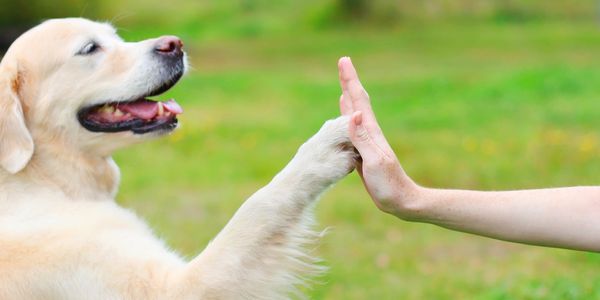Call/Text 831 768-9308



Whether you’re a proud parent of a new puppy/dog or a somewhat frustrated parent of a not so well-behaved dog, I hope you will get started on the path to building a more positive relationship through dog obedience training. Most dogs don’t come into this world understanding how to function in human society as we would like them to, they need our guidance so they (and we) can have full lives that include as much freedom, fun and companionship as possible.
Well educated puppies and dogs are often:
During this immersion training your dog will be treated as one of my family members. Similar to living with a Spanish speaking family vs. taking Spanish lessons once a week, immersion speeds learning and retention because situations are real and repeated frequently. It allows me to work with your dog in ‘real life’ situations as opportunities arise naturally. I will also work with your dog in structured sessions both on and off my property, on-leash and off-leash. Training in a variety of environments and situations expedites fluency and results. More info...
This training is perfect for dogs of all ages and breeds. It is completely customizable and allows for scheduling flexibility too! Together, we will work on your dog’s obedience, manners, social skills, behavior challenges. More info...
Group classes can be lots of fun and are organized by you with family and friends. We can train on my property or yours and I offer classes for all levels, from the basic training to advanced obedience. More info...
A great solution for people that want professional advice about the best path to take to meet their specific goals. More info...
Bingo Dog Training offers custom dog training solutions for better results.
854 San Miguel Canyon Road, Royal Oaks, California 95076, United States